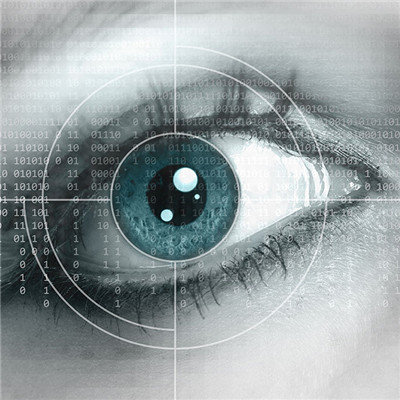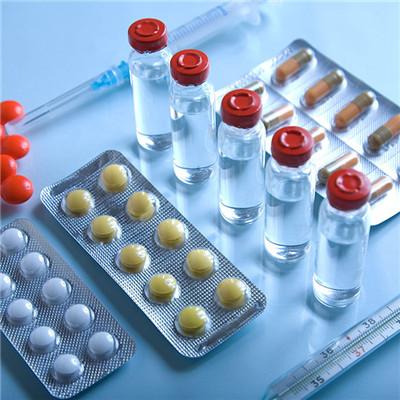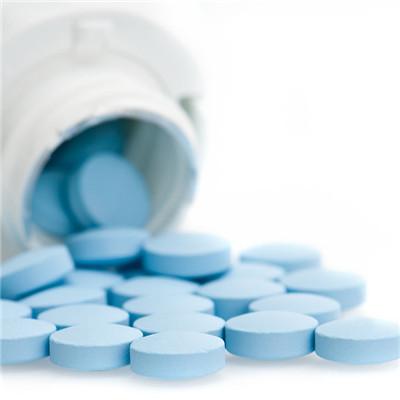What symptom is esophagus perforation?
summary
Esophageal perforation is one of the most serious gastrointestinal emergencies with a reported mortality of 10% - 46%. The prognosis depends on the cause of the disease, the site of the injury, the underlying lesion of the esophagus and the time of treatment after the injury. Early diagnosis and treatment depends on the high vigilance of the disease and the correct judgment of the corresponding clinical manifestations. What symptom is esophagus perforation? Let's talk about it
What symptom is esophagus perforation?
Cervical esophageal perforation: Patients with neck movement pain, neck pain and often accompanied by sternocleidomastoid muscle tenderness, spasm. There may be dysphonia, dysphagia and hoarseness. In physical examination, 60% of the patients had cervical subcutaneous emphysema, while X-ray examination could make a definite diagnosis in 95% of the patients.
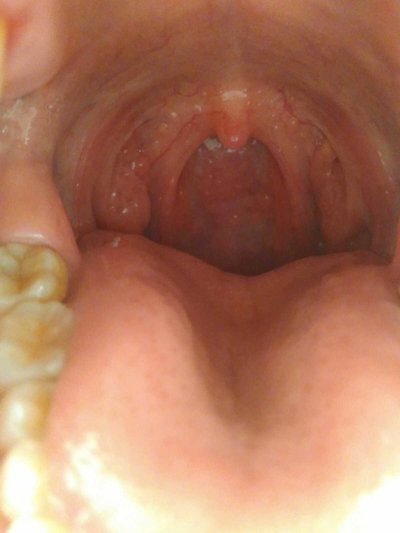
Thoracic esophageal perforation: the patient feels pain in precordial area, interscapular area and under xiphoid process, and the pain can be aggravated when swallowing and deep breathing. The characteristics of back pain caused by extensive inflammation of the posterior mediastinum are very similar to those of thoracic aortic dissection. Chest esophageal perforation often has upper abdominal muscle tension, dysphagia, pain when swallowing, dyspnea, hematemesis, cyanosis. Haman's sign can be heard in chest auscultation. With the progress of inflammation, tachycardia, shortness of breath and fever can also appear. If not treated in time, septicemia and shock may occur.
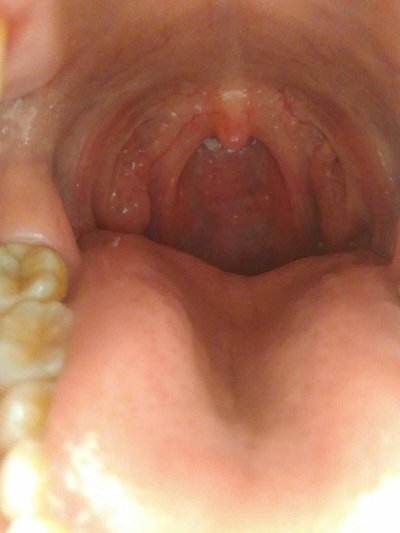
Abdominal esophageal perforation: mainly manifested as xiphoid pain, muscle tension, spasm and rebound pain. Once tachycardia, shortness of breath, fever and other symptoms appear, it can rapidly develop into septicemia and shock, which is the characteristic of abdominal esophageal perforation. Esophageal pericardial fistula may occur when the perforating wave reaches the posterior pericardium. These patients may have cardiac tamponade or systolic tremor. Esophageal perforation invading the heart cavity (usually left atrium) can cause systemic food particle embolism. But this is rare in esophageal perforation.
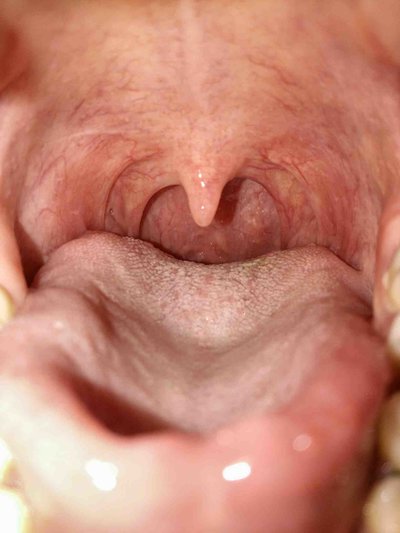
matters needing attention
Fasting, severe infection and fluid loss often lead to dehydration, electrolyte imbalance and systemic exhaustion. Therefore, in addition to correcting dehydration and electrolyte disorder, nutritional support should be strengthened, whole blood or plasma should be infused, and food should be fed through nasogastric feeding, gastrostomy or jejunostomy.


